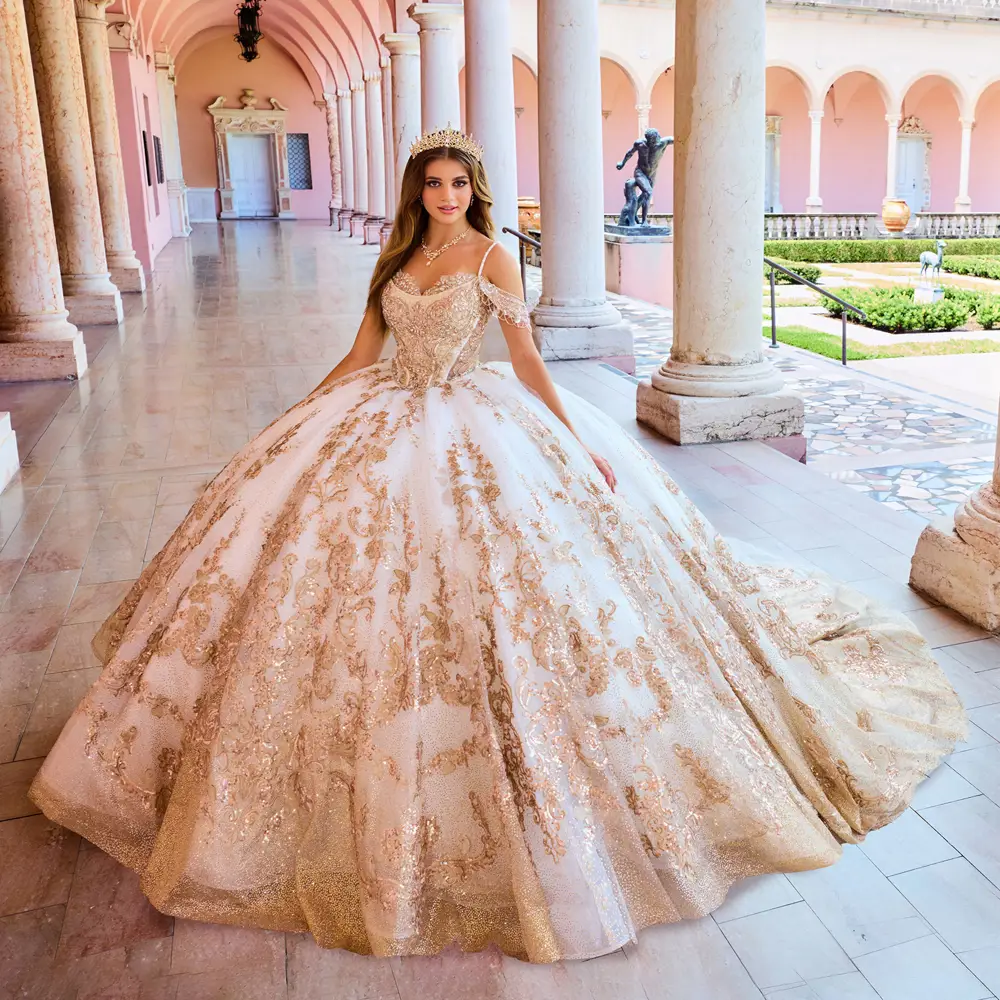Title: The Cultural Significance of Dresses: Traditions and Customs Around the World
Dresses, with their myriad styles, fabrics, and designs, serve as more than just garments; they are powerful symbols of cultural heritage, tradition, and identity. Across the globe, various cultures have embraced dresses as integral components of their customs, ceremonies, and everyday attire. Exploring the cultural significance of dresses offers a glimpse into the rich tapestry of traditions that shape societies around the world.
In many cultures, dresses are imbued with symbolic meaning, representing rites of passage, social status, and spiritual beliefs. For example, in Western societies, the white wedding dress symbolizes purity and innocence, while traditional Chinese brides don vibrant red dresses to symbolize luck and prosperity. Similarly, the intricate beadwork and embroidery adorning African dresses often convey stories of community, ancestry, and spirituality, reflecting the cultural values and heritage of different ethnic groups.
Beyond their symbolic significance, dresses play a central role in various ceremonies and celebrations, marking important milestones in people’s lives. In India, for instance, the sari holds immense cultural significance and is worn during weddings, festivals, and religious ceremonies. Each region in India has its own distinct style of draping the sari, showcasing the diversity and richness of the country’s cultural heritage. Similarly, the kimono in Japan is steeped in tradition and worn on special occasions such as weddings, tea ceremonies, and coming-of-age celebrations, embodying centuries-old customs and aesthetics.
Moreover, dresses often serve as visual markers of identity and belonging within communities. Indigenous cultures around the world have preserved traditional dress forms as a means of asserting cultural pride and resistance against assimilation. For example, the colorful huipil worn by indigenous women in Guatemala carries deep cultural significance, with each design and motif reflecting the wearer’s community, lineage, and social status. Similarly, the intricate patterns of Maori cloaks in New Zealand serve as symbols of tribal affiliations and ancestral connections, fostering a sense of belonging and continuity across generations.
In addition to their ceremonial and symbolic roles, dresses are also expressions of artistic creativity and craftsmanship. From handwoven textiles to intricately embroidered motifs, dresses showcase the skills and traditions passed down through generations of artisans. In regions like West Africa and the Middle East, traditional dressmaking techniques are preserved and celebrated as integral parts of cultural heritage, fostering economic empowerment and community resilience.
Furthermore, the global exchange of ideas and influences has led to the evolution of dress styles, with cultures borrowing and adapting elements from one another. This cross-cultural exchange enriches the tapestry of global fashion, fostering dialogue and understanding between diverse communities. Today, contemporary fashion designers draw inspiration from traditional dress forms, reinterpreting them in innovative ways that honor their cultural roots while embracing modern aesthetics.
In conclusion, dresses hold profound cultural significance across diverse societies, serving as symbols of tradition, identity, and artistic expression. From ceremonial attire to everyday wear, dresses embody the customs, beliefs, and values that define communities around the world. By celebrating and preserving these rich traditions, we not only honor the past but also foster a deeper appreciation for the cultural diversity that enriches our global heritage.



